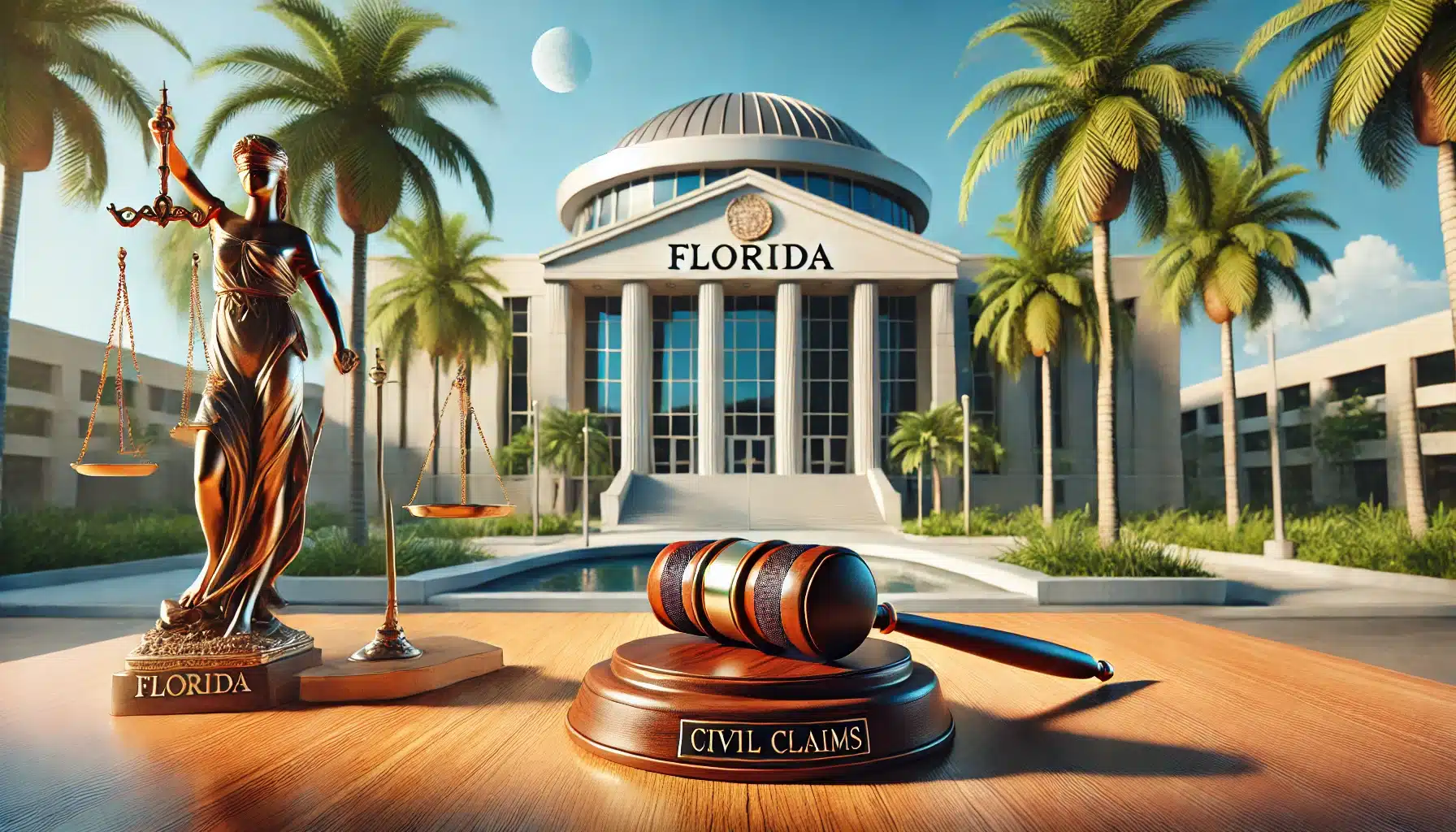How To Prove A Florida Strict Liability – Manufacturing Defect Claim

In Florida, a claim of Strict Liability – Manufacturing Defect is defined as:
Strict Liability deals with the legal responsibility of manufacturers, distributors, suppliers, and retailers for injuries or damages caused by defective products. A manufacturing defect occurs during the production or assembly process when a product deviates from its intended design, making it dangerous. (This may also be referred to as Product Liability.)
It simply means:
A product is defective and causes injury or damages.
There are 3 elements of the claim:
- Element 1. A product was in a condition that was unreasonably dangerous to the user or person in the vicinity of the product. A product is unreasonably dangerous because of a manufacturing defect if it is different from its intended design and fails to perform as safely as the intended design would have performed. A product is considered unreasonably dangerous if it was made incorrectly, leading it to be unsafe for users or those nearby, as it does not work as safely as it was originally designed to do.
Facts that might support this element look like:
* The product was found to contain a foreign object that was not part of its intended design, compromising its safety.
* Testing revealed that the product’s materials were substandard, leading to a higher risk of failure during normal use.
* The product malfunctioned under conditions that were explicitly outlined in the user manual, indicating a deviation from its intended design.
* Consumer reports indicated that multiple users experienced similar malfunctions, suggesting a consistent manufacturing defect.
* An independent safety evaluation determined that the product posed a significant risk of injury due to its flawed construction. - Element 2. The product was expected to and did reach the user or consumer without substantial change affecting that condition. The product was meant to be delivered to the buyer in its original state, and it arrived without any significant changes that could affect its quality or safety.
Facts that might support this element look like:
* The product was manufactured in accordance with industry standards and specifications, ensuring its intended design and functionality.
* The product was packaged securely and labeled clearly, indicating it was ready for consumer use without any modifications.
* The product was sold directly to the consumer without any alterations or repairs made after leaving the manufacturer.
* The product was delivered to the consumer in its original condition, as evidenced by the intact packaging upon receipt.
* The consumer used the product as directed, demonstrating that it was expected to perform as intended without any substantial changes. - Element 3. There was a proximate causal connection between the condition of the product and the plaintiff’s injuries or damages. The product’s defect directly caused the plaintiff’s injuries or damages, meaning that if the product had been made correctly, the harm would not have occurred.
Facts that might support this element look like:
* The product was found to have a manufacturing defect that directly led to its failure during normal use.
* The plaintiff experienced injuries immediately after using the product, which was later determined to be defective.
* Expert testimony confirmed that the defect in the product was the sole cause of the plaintiff’s injuries.
* The product’s design and manufacturing process were not in compliance with industry safety standards, contributing to the plaintiff’s damages.
* The plaintiff’s injuries would not have occurred but for the defective condition of the product at the time of use.
(See West v. Caterpillar Tractor Co., 336 So. 2d 80, 92 (Fla. 1976). Florida Standard Jury Instructions in Civil Cases, 403.7.)
If you’re representing yourself in court and plan to assert a Claim of Strict Liability – Manufacturing Defect, having a Personal Practice of Law at Courtroom5 is essential. You’ll need to make informed decisions about what to file at each phase of your case and prepare legal documents that are supported by thorough legal research and a strong analysis of the facts. Our resources can help you navigate this complex process effectively.
Prove Your FL Strict Liability – Manufacturing Defect Claim
U.S. Civil Cases Only
